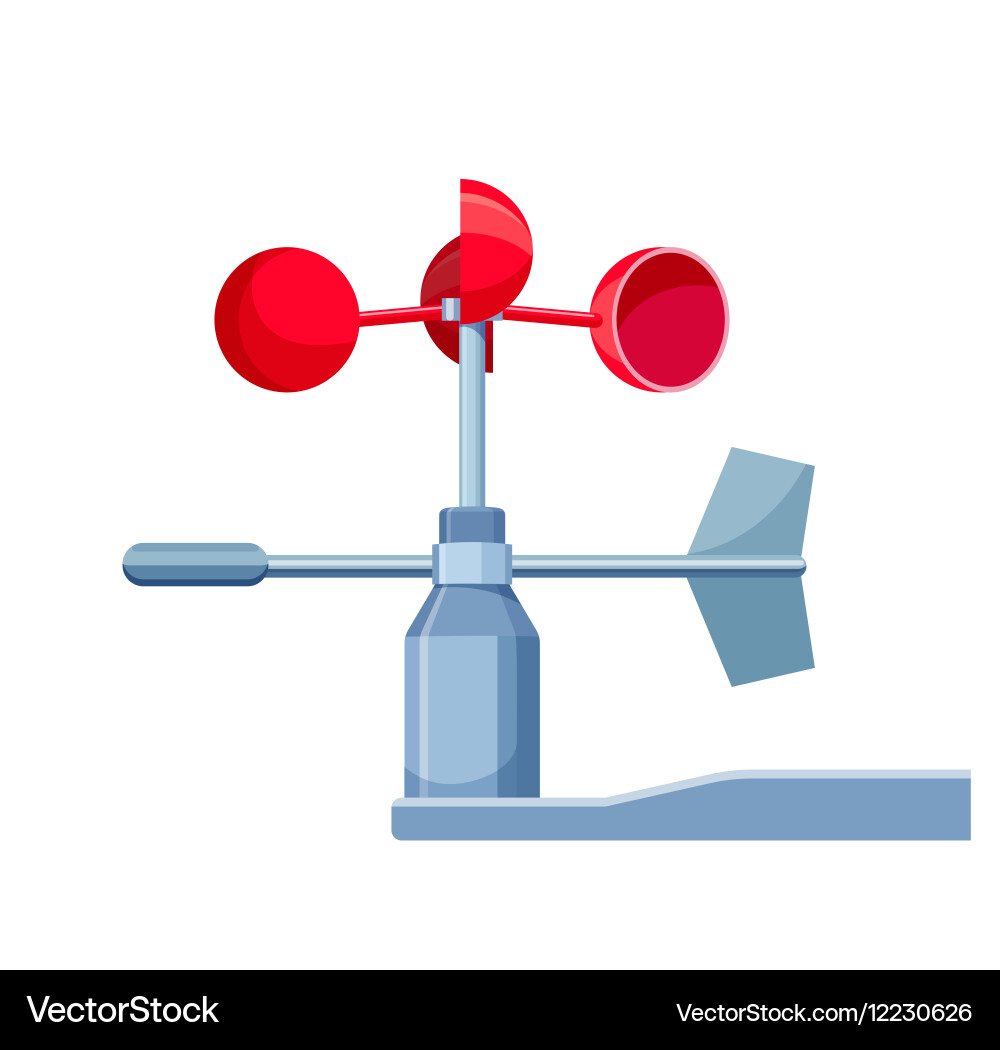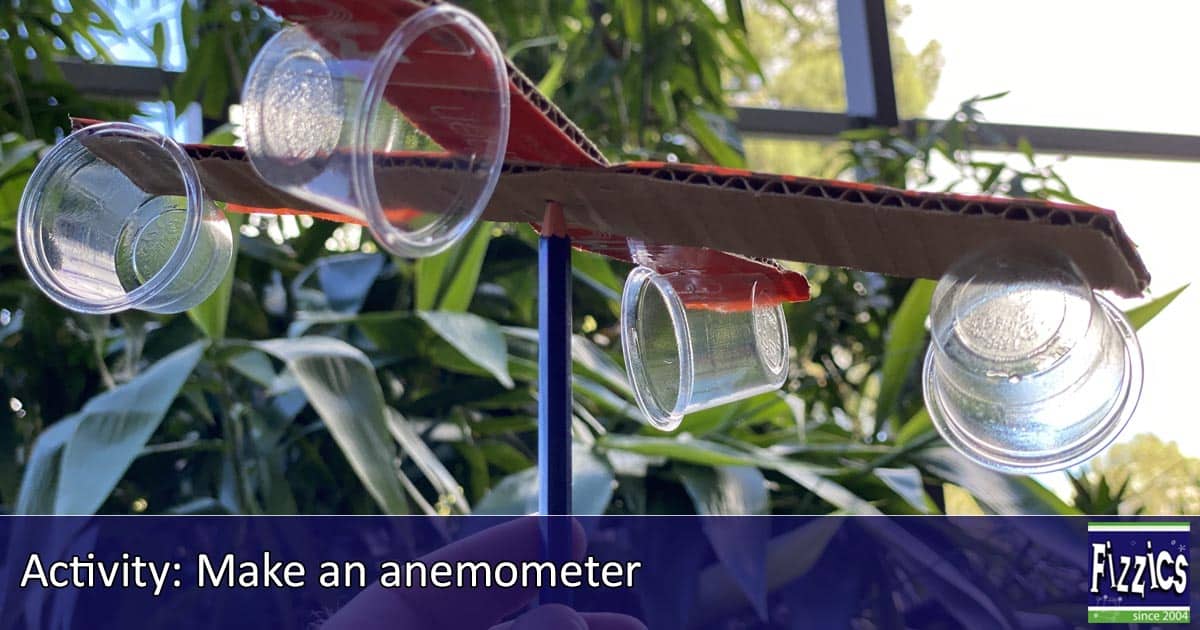The Function of an Anemometer in Improving Security for Outdoor Activities
The Function of an Anemometer in Improving Security for Outdoor Activities
Blog Article
Anemometers Introduced: Recognizing Their Value in Ecological Surveillance and Precaution
The role of anemometers in ecological monitoring and security steps is commonly undervalued, yet their value is indisputable. These tools have a lengthy history rooted in scientific questions and technical advancements, advancing to come to be necessary devices in different fields. From meteorology to aviation safety and security, anemometers play an essential role in giving exact information that educates decision-making processes and enhances overall safety and security. Recognizing the ins and outs of anemometers unveils a globe of vital insights that are basic to our understanding of the setting and the actions we take to ensure security.
History of Anemometers
The advancement of anemometers can be traced back to the ancient human beings where primary wind measuring tools were first used. One of the earliest well-known anemometers was the hemispherical cup anemometer developed by Leon Battista Alberti in the 15th century.
In the 18th century, the distinguished researcher John Thomas Romney Robinson introduced the Robinson anemometer, which featured 4 hemispherical cups installed on straight arms that prolonged from a main axis. This design became a requirement in atmospheric dimensions as a result of its precision and integrity. Throughout the years, improvements in modern technology brought about the development of more contemporary anemometers, consisting of ultrasonic anemometers and laser Doppler anemometers, offering boosted precision and performance in measuring wind speed and instructions. The history of anemometers showcases an impressive trip of technology and progression in the area of weather forecasting.
Kinds Of Anemometers
Throughout the area of meteorology, various types of anemometers have actually been established to properly measure wind rate and direction. Sonic anemometers use ultrasonic signals to gauge wind speed and direction accurately. Hot-wire anemometers operate based on the principle that the cooling effect of wind on a warmed wire is symmetrical to the wind rate.
Applications in Meteorology
Having talked about the different kinds of anemometers made use of in weather forecasting for measuring wind rate and direction, it is necessary to explore their useful applications in the field. Anemometers play an essential function in meteorology by offering accurate and real-time data on wind problems (anemometer). Meteorologists utilize anemometers to keep track of wind speed and instructions to anticipate climate patterns, concern cautions for extreme weather condition events like storms, typhoons, and hurricanes, and assess climatic conditions for air travel safety
In weather forecasting, anemometers help in understanding neighborhood and regional wind patterns, which are vital for anticipating weather condition adjustments and determining climatic patterns. These see this website devices are likewise used in study to study microclimates, urban warmth islands, and air pollution dispersion. Additionally, anemometers are utilized in agriculture to enhance plant management techniques, such as watering and chemical application, based upon wind conditions.
Significance in Air Travel Safety
An indispensable aspect of ensuring aeronautics security lies in the thorough monitoring of wind conditions making use of anemometers. Anemometers next page play an essential duty in aviation by giving real-time data on wind speed and instructions, helping pilots in making educated choices throughout trip, touchdown, and liftoff. Strong and uncertain winds can substantially affect airplane operations, making it important for air travel authorities to depend on accurate wind measurements to ensure the safety and security of guests and staff.

In the dynamic atmosphere of aeronautics, where even small changes in wind speed and instructions can have extensive effects, anemometers stand as crucial tools for advertising secure and secure flight.
Function in Environmental Study
Exactly how do anemometers add to innovations in environmental research study? Anemometers play a crucial function in ecological research by giving important information on wind rate and instructions. This information is crucial for recognizing different climatic procedures, such as air pollution dispersion, weather patterns, and climate modification. By properly measuring wind attributes, anemometers aid scientists analyze the motion of contaminants airborne, assess the impact of industrial discharges, and anticipate the spread of pollutants in the setting.


Verdict
In conclusion, anemometers have played an important function in environmental monitoring and security steps. With a rich background and various kinds available, these tools have actually been widely used in meteorology, aviation safety and security, and environmental research study. Recognizing the relevance of anemometers is crucial for properly determining wind rate and instructions, which is crucial for predicting weather patterns, ensuring safe aviation procedures, and performing environmental studies - anemometer. Their payments to these fields can not be ignored.
One of the earliest known anemometers was the hemispherical mug anemometer created by Leon Battista Alberti in the 15th century. Over the years, advancements in technology led to the advancement of more modern anemometers, consisting of ultrasonic anemometers and laser Doppler anemometers, offering boosted accuracy and effectiveness in gauging wind speed and direction. Hot-wire anemometers run based on the principle that the cooling impact of wind on a heated cable is symmetrical to the wind rate. Meteorologists use anemometers to check wind speed and direction to anticipate weather patterns, problem cautions for severe weather occasions like tornadoes, storms, and cyclones, and assess atmospheric conditions for air travel safety and security.
Understanding the relevance of anemometers is essential for precisely determining wind rate and instructions, which is important for predicting weather condition patterns, making sure secure aeronautics procedures, and performing environmental research studies. (anemometer)
Report this page